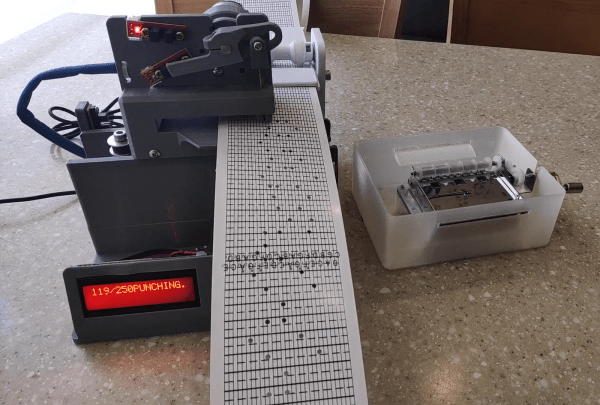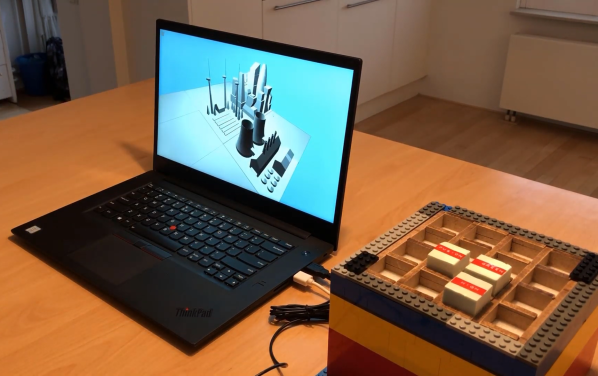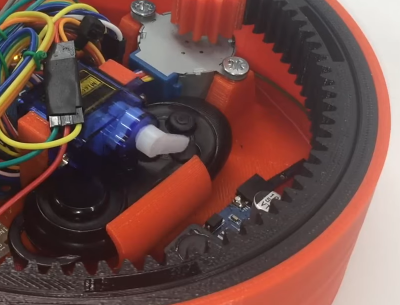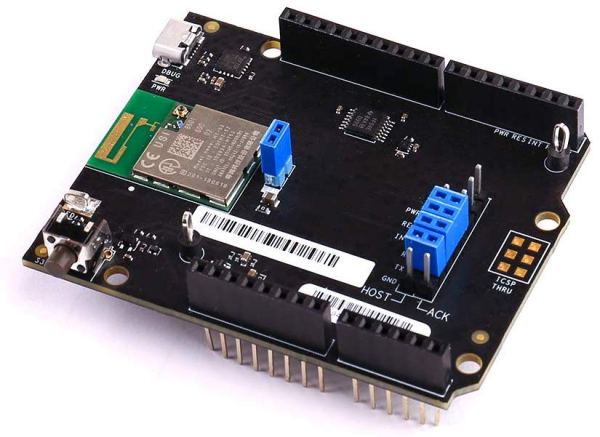As soon as [pashiran] laid eyes on his first hand-cranked music box, he knew he was in love. Then, he started punching the holes for his first ditty. As the repetitive stress of punching heated up his arm, his love cooled a bit. Annealed by the ups and downs of this experience, he decided to design a machine that can punch the holes automatically.
Soon, [pashiran] found his people — a community of music boxers that transform MIDI files to DXF format, which creates coordinates for CAD software. In [pashiran]’s music puncher, an Arduino MEGA takes a DXF file and bubble-sorts the jumble of x-coordinates. The MEGA conducts a trio of two stepper motors and DC motor. One stepper pushes the paper through on the x-axis, and the other moves the puncher head back and forth across the paper scroll as the y-axis. The DC motor moves the punch up and down.
Now, paired with [Martin] of [Wintergatan]’s method for chaining music box paper together, [pashiran] can write a prog-rock-length opus without fear of repetitive stress injury. And since he’s published the STL and INO files, now you can, too. Watch it punch and play 250 notes worth of “See My Vest” “Be Our Guest” after the break.
There’s more than one way to avoid manually punching all those holes. When [Wintergatan] was wrestling this problem, he inspired the hacker community to create a MIDI-to-laser-cut-stencil solution.
Continue reading “Music Box Paper-Punching Machine Settles The Score”




















